Street art in Australia has long been celebrated for its vibrant creativity and cultural significance. However, the secret behind its flourishing scene often goes unnoticed. Surprisingly, the government is a significant supporter of this urban art form. Understanding how this funding operates provides insights into not only the art but also the cultural and economic landscape of Australia.
The Hidden Symphony of Government Support
Street art's rise is not merely due to the talent of artists but also the support they receive from various government initiatives. These programs are designed to promote cultural diversity, urban renewal, and tourism. According to the Australian Bureau of Statistics (ABS), cultural and creative activity contributed 6.4% to Australia’s GDP in 2020, highlighting the economic significance of arts, including street art.
How It Works: A Deep Dive into Funding Mechanisms
Government support for street art often comes through grants, subsidies, and partnerships. The Australia Council for the Arts, for instance, offers grants that artists can use to create public murals. Moreover, local councils frequently commission street art to revitalize urban spaces and engage communities. This strategy is not only about beautifying cities but also about fostering social cohesion and reducing graffiti-related vandalism.
- Grants and Subsidies: Artists can apply for funding to support their projects, covering materials and labor costs.
- Public Commissions: Councils and government bodies commission artists to create murals in public spaces.
- Community Engagement Programs: Initiatives designed to involve local communities in the creation process, strengthening social ties.
Case Study: Melbourne’s Laneways
Melbourne is renowned for its street art, particularly in its laneways. The city’s government has played a crucial role in this reputation. In 2010, the City of Melbourne launched a Street Art Management Plan to support artists and regulate street art. This plan helped transform neglected areas into tourist hotspots, significantly boosting the local economy.
Problem: Melbourne’s laneways were once seen as dark and uninviting, often plagued by illegal graffiti.
Action: The government implemented a plan to permit and promote street art, commissioning works and encouraging artists through grants.
Result: The initiative turned laneways into cultural icons, attracting tourists and increasing foot traffic by 30%. This not only enhanced the city’s cultural landscape but also contributed to local businesses’ revenue, with some reporting a 20% increase in sales.
Regulatory Insights and Impacts
Street art is subject to regulations that balance artistic expression with public interest. The Australian Competition & Consumer Commission (ACCC) ensures that projects funded by public money meet community standards and do not infringe on property rights. Additionally, the Australian Taxation Office (ATO) provides tax incentives for arts donations, encouraging private investment in public art projects.
Debunking Myths: The Real Story Behind Street Art Funding
- Myth: Street art is illegal and unregulated.
- Reality: While illegal graffiti exists, much of the street art in Australia is legal and supported by government programs.
- Myth: Government funding is minimal and insignificant.
- Reality: Cultural funding by the government is substantial, with millions allocated annually to support arts, including street art.
Common Mistakes and Pitfalls to Avoid
- Ignoring Regulations: Artists must understand local laws and obtain necessary permits to avoid legal issues.
- Neglecting Community Engagement: Successful projects often involve the local community, enhancing acceptance and impact.
- Overlooking Maintenance: Street art requires upkeep to preserve its quality and appeal over time.
Future Trends and Predictions
As Australia continues to embrace street art, we can expect increased integration of technology and digital media. Virtual reality tours of street art and augmented reality apps that bring static murals to life are likely to become popular. Furthermore, with the growing emphasis on sustainability, eco-friendly materials and practices will increasingly be used in street art projects. By 2030, it is predicted that 50% of new public art installations in Australia will incorporate digital components.
Conclusion
Australian street art, secretly supported by government initiatives, plays a pivotal role in the cultural and economic fabric of the nation. By understanding the mechanisms behind its funding, stakeholders can better appreciate its impact and potential. As this vibrant form of expression continues to evolve, it offers exciting opportunities for artists, communities, and the economy alike. What’s your take on the role of government in supporting street art? Share your thoughts below!
People Also Ask
- How does street art impact the Australian economy? Street art boosts tourism and revitalizes urban areas, contributing to local economies by increasing foot traffic and supporting local businesses.
- What are the biggest misconceptions about street art funding in Australia? Many believe street art is predominantly illegal, but much of it is government-funded and regulated, supporting both artists and communities.
- What upcoming changes in Australia could affect street art? By 2026, new digital media technologies and sustainability trends are expected to transform how street art is created and experienced.
Related Search Queries
- Australian street art funding
- Government support for arts in Australia
- Cultural impact of street art in Australia
- Street art regulations in Australia
- Future of street art in Australia
- Melbourne street art tourism
- Sustainability in street art
- Digital media in street art
- Australian Council for the Arts grants
- Community engagement in street art projects




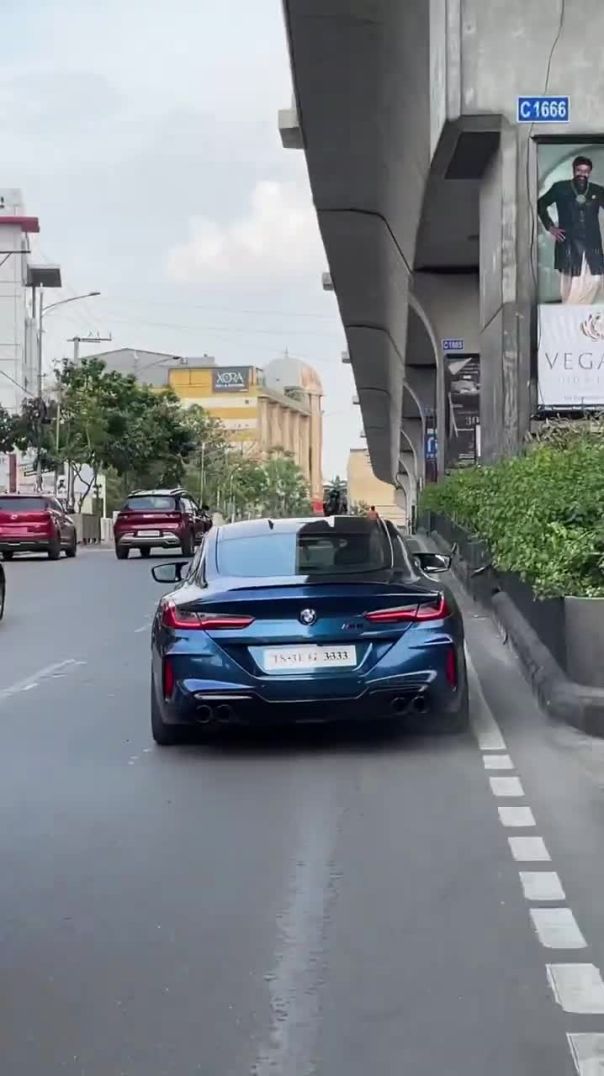






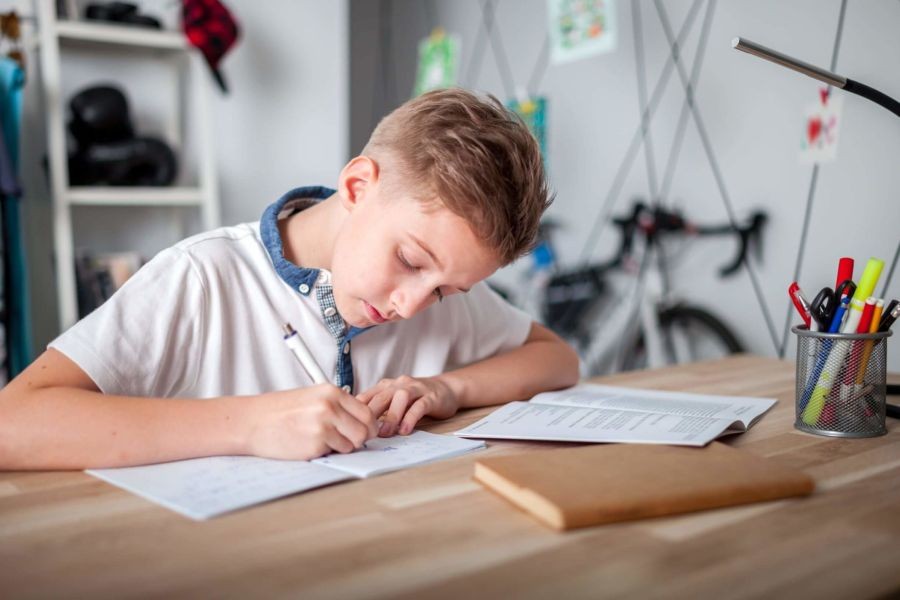

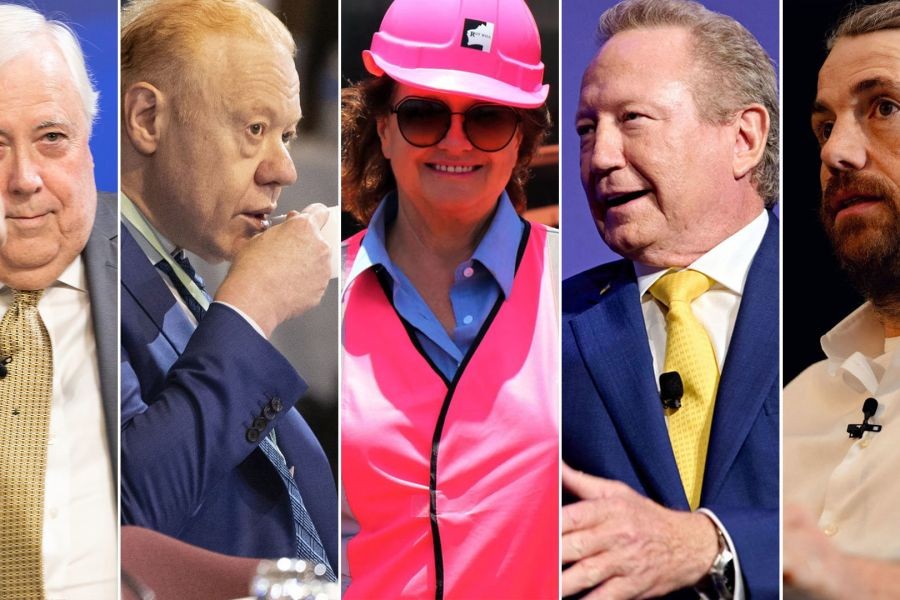

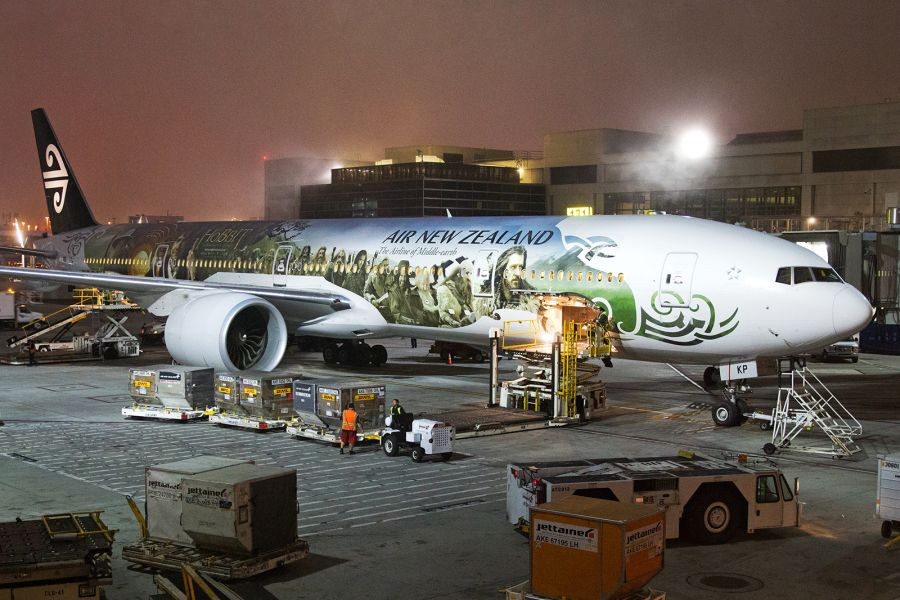





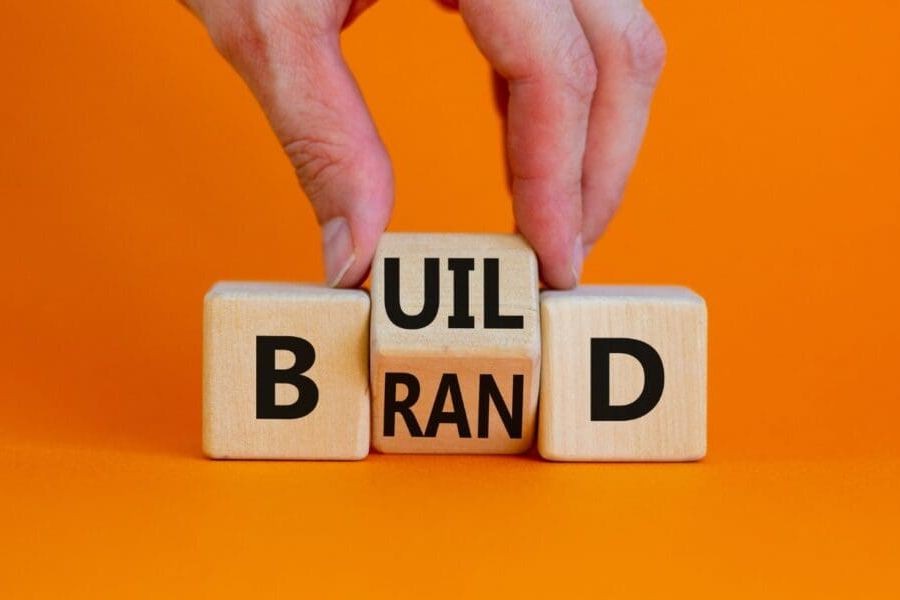
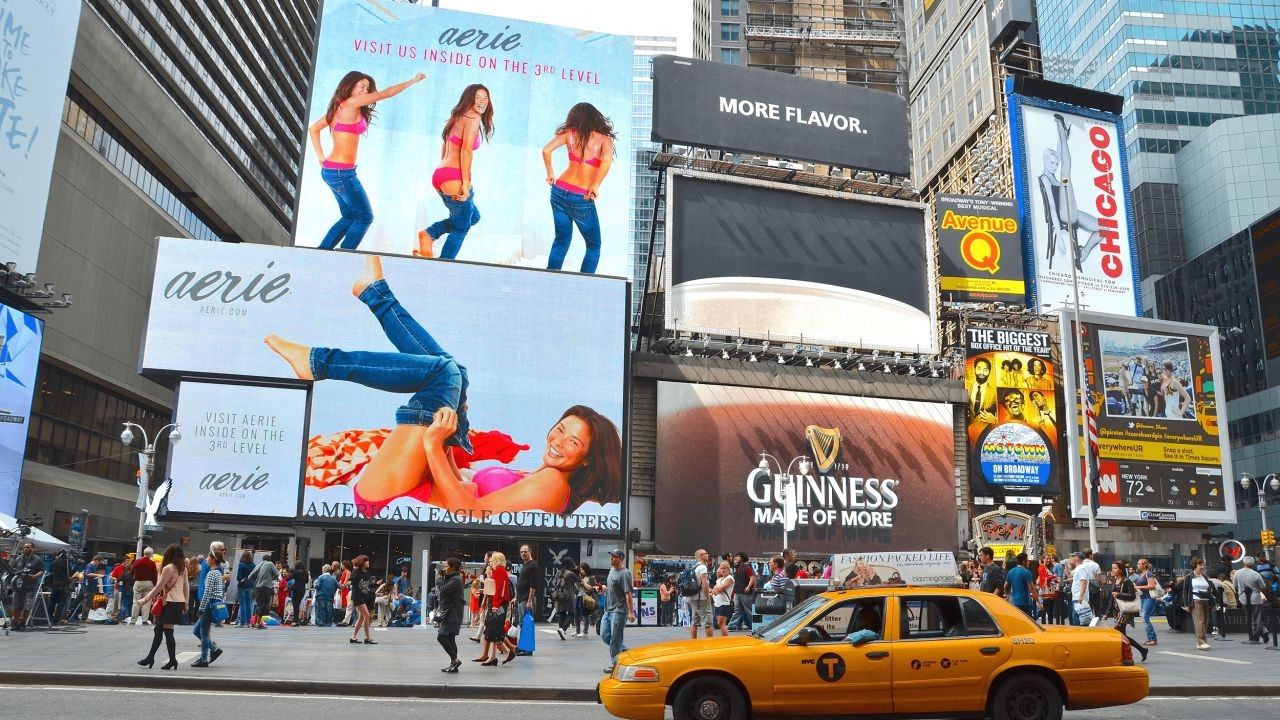



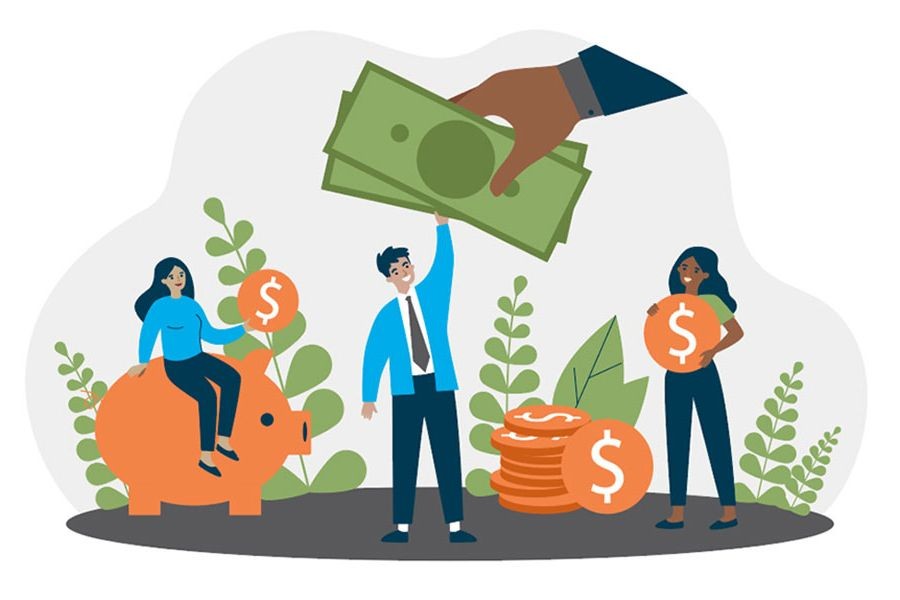

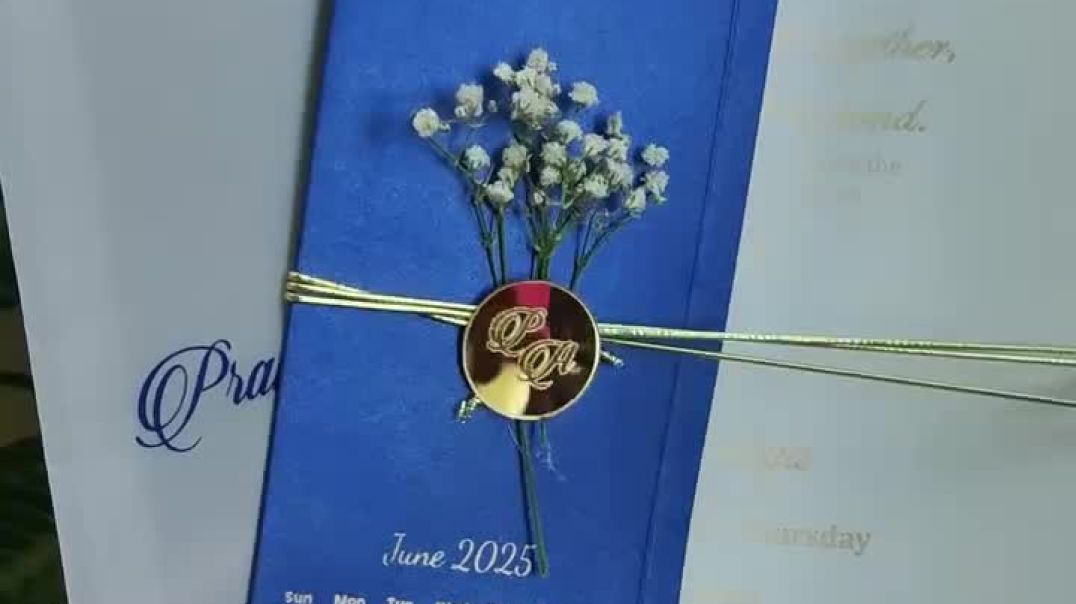



BuckElling
2 months ago